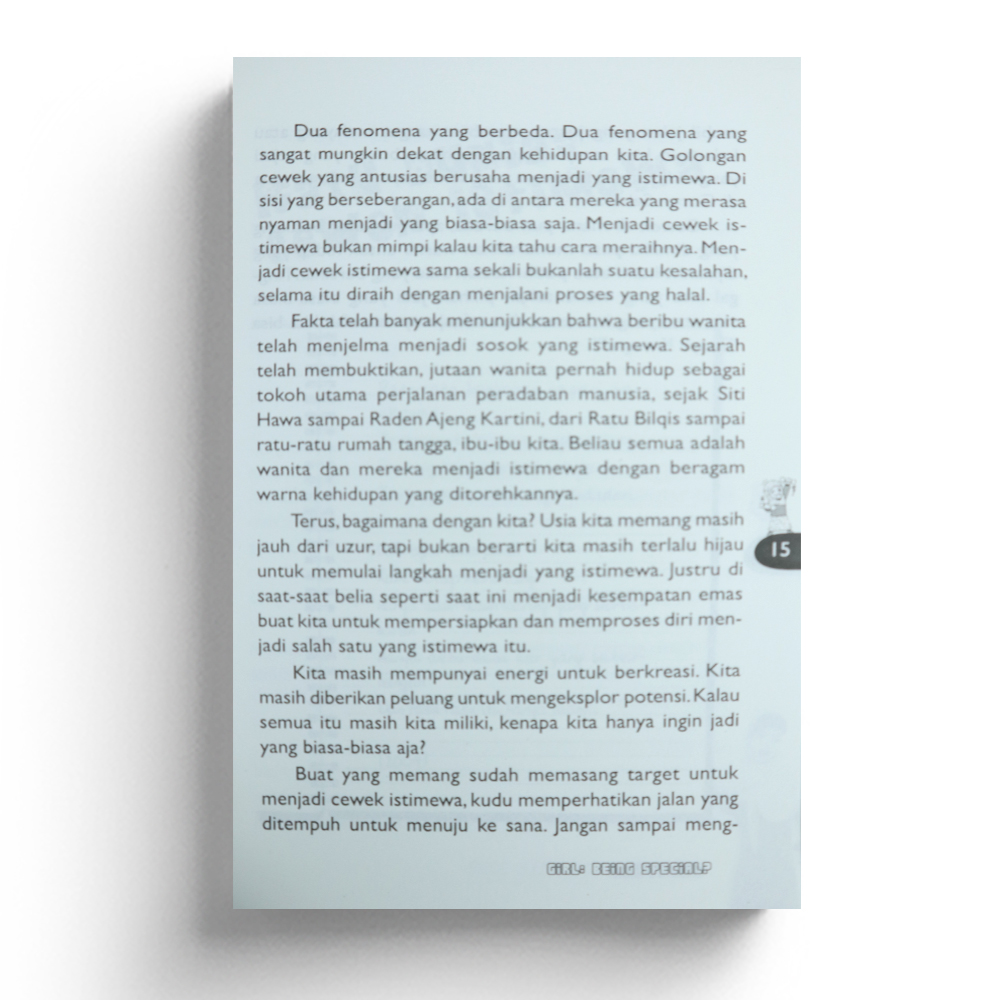
Select the entire paragraph containing the new label then choose OnlineOnly from the Conditional Text dialog. Tag the paragraph with the HelpSubTopic paragraph tag. Remember not to put spaces or hyphens in the label, and to choose a name that another writer isn't likely to use. The label and title are eventually put into the helpmap file by the bookbuilding tools, thereby tying the help topic to the application. The label follows the same rules as for HelpTopic, above the title is necessary since there's no section title to use for the help card title. Type a unique label for that topic, then a colon, then a title for the topic. Place the cursor on a blank line above the first paragraph of the subsection you want to use as a help topic. To create a help topic from a piece of a section, follow these steps: In fact, if you use a table you must also use the entire paragraph that the table anchor appears in. Note that such pieces must be complete SGML structural units, such as paragraphs or tables or figures you can't use part of a paragraph, or part of a table, or part of a figure, as a help topic. Parts of sections of a book can also be used as help topics. Click the left-pointing arrow button in the dialog to move “OnlineOnly” into the “In:” column then click the Apply button. Tag the paragraph with the HelpTopic paragraph tag. For example, you might want to include the application name, or an abbreviation of the name, followed by some other text. Ensure that you choose a name that another writer isn't likely to use. Later, you'll be entering this label into the helpmap file, thereby tying the help topic to the application.ĭo not put spaces or hyphens in the label. If you place it above a Heading2, the help topic will include any Heading3 subsections that the marked section contains. If you place it above a Heading1, the help topic will include any Heading2 and Heading3 subsections that the marked section contains.

For example, XtSetValues(3Xt) refers to the XtSetValues() reference page in section 3Xt.Place the cursor on a blank line above the heading of the section you want to use as a help topic. Reference pages (also known as man pages) are referred to by name and section number, in this format: name(section), where “name” is the name of a command, system call, library routine, or class and “section” is the section number where the entry resides.

IRIX shell prompt for users other than superuser

IRIX shell prompt for the superuser ( root) (Angle brackets) Surround header filenames (Parentheses) Follow function names also used to surround reference page (man page) section in which a command, function, or class is described (Double quotation marks) Onscreen menu items and references in text to document section titles
Viewkit sgi book code#
User input, including keyboard keys (printing and nonprinting) literals supplied by the user in examples, code listings, and syntax statements Onscreen text, prompts, error messages, examples, and code listings
Viewkit sgi book manual#
The rest of the book describes pre-built ViewKit components:Ĭ++ class names, C++ member functions, C++ data members, function names, literal command-line arguments (options and flags)įilenames onscreen button names IRIX ™ commands executable files manual and book titles glossary entries new terms variable command-line arguments program variables and variables to be supplied by the user in examples, code, and syntax statements It also describes the basic help system provided with ViewKit.
Viewkit sgi book how to#
Chapter 3, “The ViewKit Application Class”Įxplains the services provided by the ViewKit application class and gives instructions for controlling application-level services in your program.Įxplains the ViewKit model for supporting multiple windows in an application, and describes how to create and manipulate application windows.ĭescribes how to create and manipulate different types of menus in a ViewKit application.Ĭhapter 6, “ViewKit Undo Management and Command Classes”Įxplains how to implement support for “undoing” operations and describes how to implement actions as command classes.ĭiscusses the ViewKit dialog management support, describes how to post and manipulate dialogs, and provides an overview of the different types of dialogs supported by ViewKit.ĭescribes how to use preference dialogs to maintain user preferences.Ĭhapter 9, “Handling Visuals With ViewKit”ĭescribes how to work with X and Xt visuals.Įxplains how to implement cut, paste, drag, and drop capabilities.Ĭhapter 11, “Using a Help System With ViewKit”Įxplains how to use a help system with ViewKit applications.


 0 kommentar(er)
0 kommentar(er)
